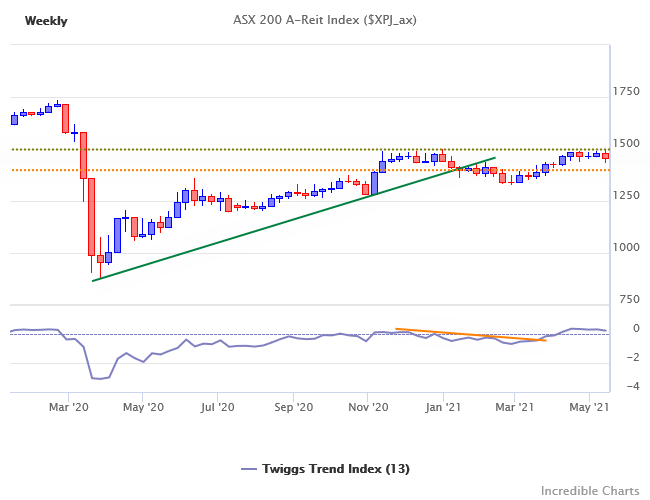The ASX 200 broke support at 7200, signaling a primary down-trend. The declining Trend Index has warned of fading buying pressure for several months. Expect retracement to test the new 7200 resistance level but respect is likely and would confirm the primary down-trend.

The largest sector, Financials, similarly broke support at 6250 and we expect retracement to test the new resistance level.

The ASX 300 Metals & Mining Index encountered resistance at 6000 but remains in an up-trend. Another test of 4750 is likely.

The All Ordinaries Gold Index retreated this week, under the weight of a broad equities sell-off, but a rising Trend Index continues to flag buying pressure.

Gold priced in Australian Dollars continues to trend upwards, the recent shallow trough having respected support at 2500. Target for the advance is 2800.

Conclusion
The ASX 200 breach of support at 7200 warns of a bear market; retracement that respects the new 7200 resistance level would confirm. Financials also warn of a bear market, while the Metals & Mining sector is likely to test support at 4750. The All Ordinaries Gold Index is retreating to test support at 6000 but this should present a buy opportunity as the Australian Dollar price of Gold continues in an up-trend.































































